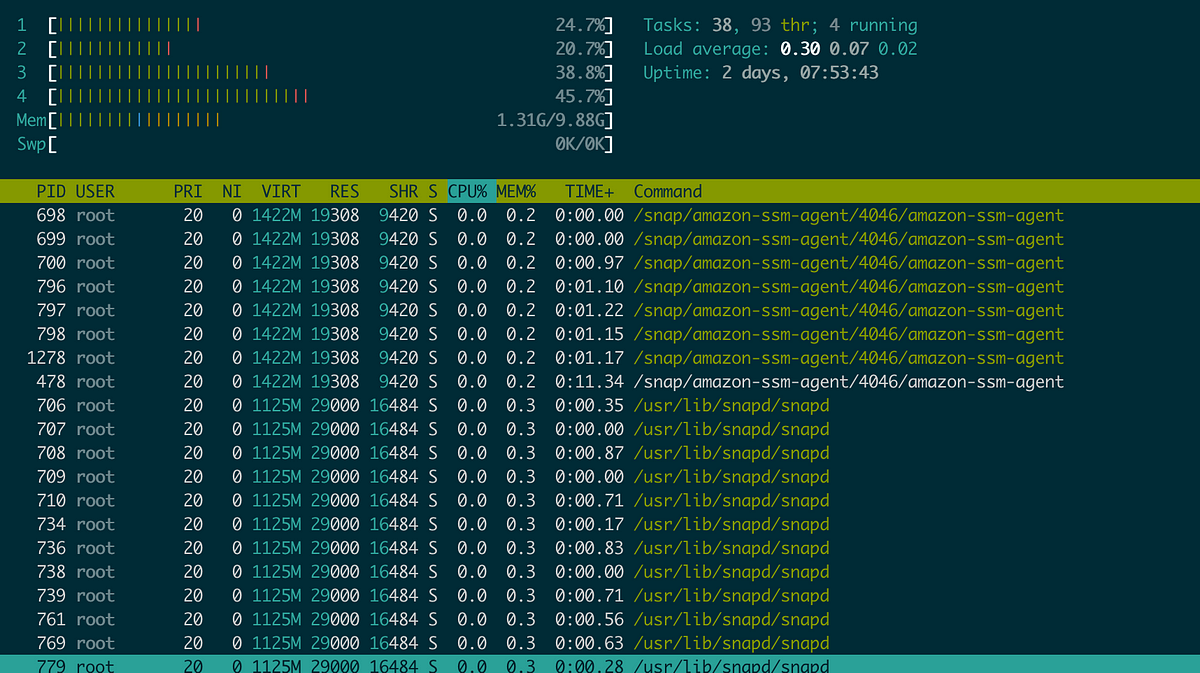
Managing server performance for power: a missed opportunity
An earlier Uptime Intelligence report discussed the characteristics of processor power management (known as C-states) and explained how they can reduce server energy consumption to make substantial contributions to the overall energy performance and sustainability of data center infrastructure (see Understanding how server power management works). During periods of low activity, such features can potentially lower the server power requirements by more than 20% in return for prolonging the time it takes to respond to requests.
But there is more to managing server power than just conserving energy when the machine is not busy — setting processor performance levels that are appropriate for the application is another way to optimize energy performance. This is the crux of the issue: there is often a mismatch between the performance delivered and the performance required for a good quality of service (QoS).
When the performance is too low, the consequences are often clear: employees lose productivity, customers leave. But when application performance exceeds needs, the cost remains hidden: excessive power use.



















